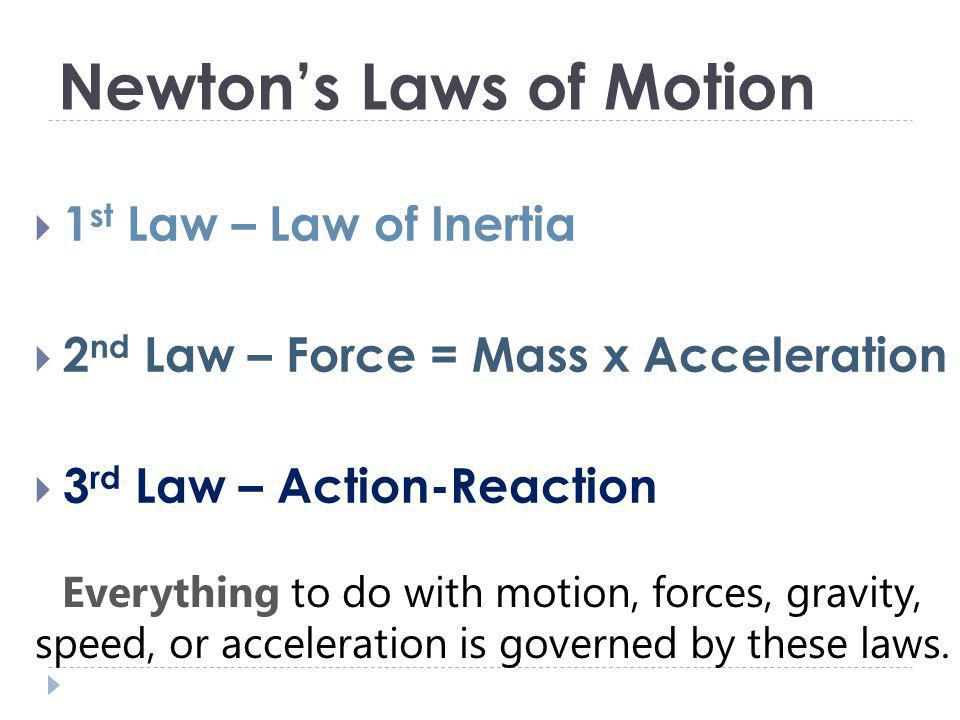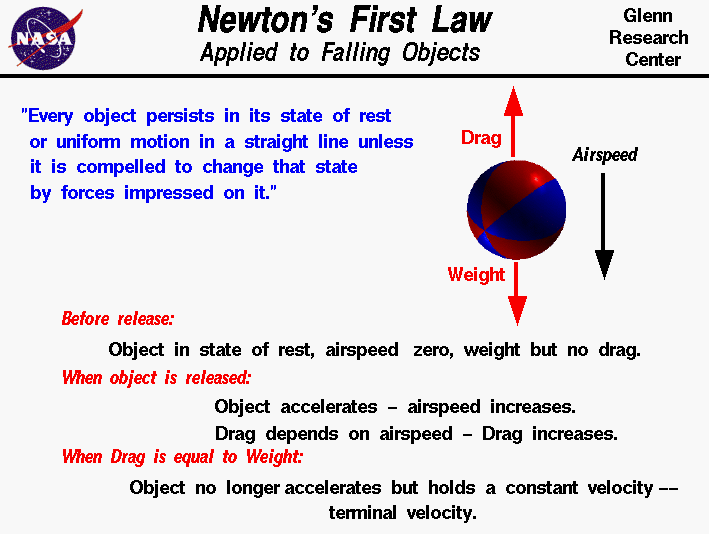Motion
What is Motion?






Laws (नियम )
Newton's laws read: (न्यूटन के नियम पढ़ें:)
Newton's first law :-(न्यूटन का पहला नियम: -)

 .
.
What is Motion?
Motion is the change in the position of an object after some time. Motion is scientifically described as far as relocation, separation, speed, increasing speed, speed, and time. The motion of a body is seen by connecting a frame of reference to a spectator and estimating the change in position of the body comparative with that frame.
मोशन कुछ समय बाद किसी वस्तु की स्थिति में परिवर्तन करता है। मोशन को वैज्ञानिक रूप से जहां तक स्थानांतरण, पृथक्करण, गति, बढ़ती गति, गति और समय के रूप में वर्णित किया गया है। किसी पिंड के संदर्भ को एक दर्शक के संदर्भ के फ्रेम से जोड़कर देखा जाता है और उस फ्रेम से तुलनात्मक रूप से शरीर की स्थिति में बदलाव का अनुमान लगाया जाता है।


Motion applies to different physical frameworks: to objects, bodies, matter particles, matter fields, radiation, radiation fields, radiation particles and flow and space-time. One can likewise talk about motion of pictures, shapes and limits. In this way, the term motion, as a rule, means a constant change in the positions or arrangement of a physical framework in space. For instance, one can discuss motion of a wave or about motion of a quantum molecule, where the arrangement comprises of probabilities of possessing explicit positions.
मोशन विभिन्न भौतिक रूपरेखाओं पर लागू होता है: वस्तुओं, निकायों, पदार्थ कणों, पदार्थ क्षेत्रों, विकिरण, विकिरण क्षेत्रों, विकिरण कणों और प्रवाह और अंतरिक्ष-समय के लिए। इसी तरह चित्रों, आकृतियों और सीमाओं की गति के बारे में बात कर सकते हैं। इस तरह, शब्द गति, एक नियम के रूप में, अंतरिक्ष में एक भौतिक ढांचे की स्थिति या व्यवस्था में निरंतर परिवर्तन का मतलब है। उदाहरण के लिए, एक तरंग की गति या एक क्वांटम अणु की गति के बारे में चर्चा कर सकता है, जहां व्यवस्था में स्पष्ट स्थिति रखने की संभावनाएं शामिल हैं।


Laws of motion:-
In material science, motion of enormous bodies is described through two related arrangements of laws of mechanics. Motions of all enormous scale and commonplace objects known to mankind, (for example, autos, shots, planets, cells, and people) are described by old style mechanics, while the motion of little nuclear and sub-nuclear objects is described by quantum mechanics. Generally, Newton and Euler planned three laws of old style mechanics:
First law: In an inertial reference frame, an object either stays very still or keeps on moving at a steady speed, except if followed up on by a net power.
Second law: In an inertial reference frame, the vector entirety of the powers F on an object is equivalent to the mass m of that object duplicated by the speeding up an of the object: F = mama.
Third law: When one body applies a power on a subsequent body, the subsequent body all the while applies a power equivalent in size and inverse in bearing on the primary body.
गति के नियम:-
भौतिक विज्ञान में, यांत्रिकी के कानूनों की दो संबंधित व्यवस्थाओं के माध्यम से विशाल निकायों की गति का वर्णन किया गया है। मानव जाति के लिए ज्ञात सभी विशाल पैमाने और सामान्य वस्तुओं का उद्देश्य, (उदाहरण के लिए, ऑटो, शॉट्स, ग्रहों, कोशिकाओं, और लोगों) का वर्णन पुरानी शैली यांत्रिकी द्वारा किया जाता है, जबकि थोड़ा परमाणु और उप-परमाणु वस्तुओं की गति क्वांटिक यांत्रिकी द्वारा वर्णित है। । आमतौर पर, न्यूटन और यूलर ने पुरानी शैली के यांत्रिकी के तीन कानूनों की योजना बनाई:
पहला नियम: एक जड़त्वीय संदर्भ फ्रेम में, एक वस्तु या तो बहुत स्थिर रहती है या एक स्थिर गति से चलती रहती है, सिवाय इसके कि कोई शुद्ध शक्ति हो।
दूसरा नियम: एक जड़त्वीय संदर्भ फ्रेम में, किसी वस्तु पर F की शक्तियों की सदिश संपूर्णता उस वस्तु के द्रव्यमान m के बराबर होती है, जो किसी वस्तु की गति को दोहराकर: F = ma है।
तीसरा नियम: जब एक शरीर एक बाद के शरीर पर एक शक्ति लागू करता है, तो उसके बाद का शरीर सभी आकार में बराबर शक्ति लागू करता है और प्राथमिक शरीर पर असर डालता है । क्रिया और प्रतिक्रिया का नियम कहते है।
Laws (नियम )
Newton's laws read: (न्यूटन के नियम पढ़ें:)
Law I: Every body continues in its condition of being very still or of moving consistently straight forward, aside from to the extent that it is constrained to change its state by power intrigued.
कानून I: प्रत्येक निकाय अपनी स्थिति के बहुत स्थिर रहने या लगातार सीधे आगे बढ़ने की अपनी स्थिति में जारी रहता है, इस सीमा तक कि वह अपने राज्य को सत्ता के द्वारा परिवर्तित करने के लिए विवश है।
Law II: The change of motion is ever relative to the intention power impress'd; and is made toward the correct line in which that power is impress'd.
नियम II: गति का परिवर्तन कभी भी इरादे की शक्ति के सापेक्ष है; और सही लाइन की ओर बनाया गया है जिसमें वह शक्ति प्रभावशाली है।
Law III: To each activity there is constantly contradicted an equivalent response: or the common activities of two bodies upon one another are constantly equivalent, and coordinated to opposite parts.
नियम III: प्रत्येक गतिविधि के लिए लगातार एक समान प्रतिक्रिया का खंडन किया जाता है: या एक दूसरे पर दो निकायों की सामान्य गतिविधियां लगातार बराबर होती हैं, और विपरीत भागों के लिए समन्वित होती हैं।
Newton's first law :-(न्यूटन का पहला नियम: -)
The main law expresses that if the net power (the vector whole of all powers following up on an object) is zero, at that point the speed of the object is steady. Speed is a vector amount which communicates both the object's speed and the course of its motion; along these lines, the explanation that the object's speed is consistent is an explanation that the two its speed and the bearing of its motion are steady.
मुख्य कानून यह व्यक्त करता है कि अगर शुद्ध शक्ति (किसी वस्तु पर अनुवर्ती सभी शक्तियों का वेक्टर) शून्य है, तो उस बिंदु पर वस्तु की गति स्थिर होती है। गति एक वेक्टर राशि है जो वस्तु की गति और इसकी गति के पाठ्यक्रम दोनों को संप्रेषित करती है; इन पंक्तियों के साथ, वस्तु की गति के अनुरूप व्याख्या यह स्पष्टीकरण है कि इसकी गति और इसकी गति के दो प्रभाव स्थिर हैं।

Newton's Second law :-
The principal law expresses that if the net power (the vector total of all powers following up on an object) is zero, at that point the speed of the object is steady. Speed is a vector amount which communicates both the object's speed and the bearing of its motion; in this way, the explanation that the object's speed is consistent is an explanation that the two its speed and the course of its motion are steady.
The principal law can be expressed numerically when the mass is a non-zero consistent, as,
Thus,
An object that is very still will remain very still except if a power follows up on it.
An object that is in motion won't change its speed except if a power follows up on it.
This is known as uniform motion. An object keeps on doing whatever it happens to do except if a power is applied upon it. In the event that it is very still, it proceeds in a condition of rest.
First law can be expressed numerically when the mass is a non-zero consistent, as,
प्रमुख कानून व्यक्त करता है कि यदि शुद्ध शक्ति (किसी वस्तु पर निम्नलिखित सभी शक्तियों का वेक्टर कुल) शून्य है, तो उस बिंदु पर वस्तु की गति स्थिर होती है। गति एक वेक्टर राशि है जो ऑब्जेक्ट की गति और इसकी गति के असर दोनों को बताती है; इस तरह, यह व्याख्या कि वस्तु की गति सुसंगत है, एक स्पष्टीकरण है कि इसकी गति और इसकी गति के पाठ्यक्रम दो स्थिर हैं।
प्रमुख नियम को संख्यात्मक रूप से व्यक्त किया जा सकता है जब द्रव्यमान एक गैर-शून्य सुसंगत हो, जैसा कि,
इस प्रकार
एक वस्तु जो अभी भी बहुत अधिक है, अगर कोई शक्ति उस पर चल रही है, तो भी अभी भी बनी हुई है।
एक वस्तु जो गति में है वह अपनी गति को नहीं बदलेगी, सिवाय इसके कि कोई शक्ति उस पर निर्भर हो।
इसे एकसमान गति के रूप में जाना जाता है। एक वस्तु जो कुछ भी ऐसा करने के लिए होता है, उसे छोड़कर अगर कोई शक्ति उस पर लागू होती है। इस घटना में कि यह अभी भी है, यह आराम की स्थिति में आगे बढ़ता है।
 .
.
Third law of motion(. गति का तीसरा नियम।)
The third law expresses that all powers between two objects exist in equivalent size and inverse bearing: in the event that one object An applies a power FA on a second object B, at that point B all the while applies a power FB on An, and the two powers are equivalent in greatness and inverse in heading: FA = −FB.
तीसरा नियम यह व्यक्त करता है कि दो वस्तुओं के बीच सभी शक्तियाँ बराबर आकार में होती हैं और उलटा असर करती हैं: इस घटना में कि एक वस्तु A, दूसरे वस्तु B पर एक शक्ति FA को लागू करती है, उस बिंदु B पर, जबकि An पर एक शक्ति FB लागू होती है, और दो शक्तियाँ महानता के समतुल्य हैं और शीर्षक में विलोम हैं: FA = −FB।
The power applied by Body An on Body B is known as the "activity", and the power applied by Body B on Body An is known as the "response". This law is in some cases alluded to as the activity response law, with FA called the "activity" and FB the "response"
बॉडी एन पर बॉडी एन द्वारा लागू की जाने वाली शक्ति को "एक्टिविटी" के रूप में जाना जाता है, और बॉडी एन पर बॉडी एन द्वारा लागू की गई शक्ति को "प्रतिक्रिया" के रूप में जाना जाता है। यह कानून कुछ मामलों में गतिविधि प्रतिक्रिया कानून के रूप में माना जाता है, एफए को "गतिविधि" और एफबी को "प्रतिक्रिया" कहा जाता है।
Newton utilized the third law to determine the law of protection of energy; from a more profound point of view, in any case, preservation of energy is the more central thought (got by means of Noether's hypothesis from Galilean invariance), and holds in situations where Newton's third law seems to come up short, for example when power fields just as particles convey force, and in quantum mechanics.
न्यूटन ने ऊर्जा के संरक्षण के कानून को निर्धारित करने के लिए तीसरे कानून का उपयोग किया; अधिक गहन दृष्टिकोण से, किसी भी मामले में, ऊर्जा का संरक्षण अधिक केंद्रीय विचार है (गैलीलियन आक्रमण से नोथेर की परिकल्पना के माध्यम से मिला है), और उन स्थितियों में रखती है, जहां न्यूटन का तीसरा नियम छोटा प्रतीत होता है, उदाहरण के लिए जब शक्ति कणों को बल के रूप में क्षेत्र, और क्वांटम यांत्रिकी में।



No comments:
Post a Comment